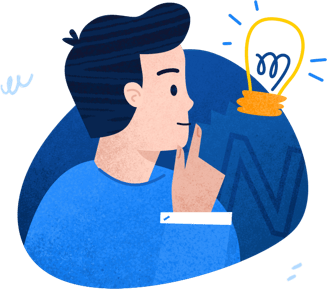Select Your State
Alabama
Alaska
Arizona
Arkansas
California
Colorado
Connecticut
Delaware
Florida
Georgia
Hawaii
Idaho
Illinois
Indiana
Iowa
Kansas
Kentucky
Louisiana
Maine
Maryland
Massachusetts
Michigan
Minnesota
Mississippi
Missouri
Montana
Nebraska
Nevada
New Hampshire
New Jersey
New Mexico
New York
North Carolina
North Dakota
Ohio
Oklahoma
Oregon
Pennsylvania
Rhode Island
South Carolina
South Dakota
Tennessee
Texas
Utah
Vermont
Virginia
Washington
West Virginia
Wisconsin
Wyoming
Select Your State
Alabama
Alaska
Arizona
Arkansas
California
Colorado
Connecticut
Delaware
Florida
Georgia
Hawaii
Idaho
Illinois
Indiana
Iowa
Kansas
Kentucky
Louisiana
Maine
Maryland
Massachusetts
Michigan
Minnesota
Mississippi
Missouri
Montana
Nebraska
Nevada
New Hampshire
New Jersey
New Mexico
New York
North Carolina
North Dakota
Ohio
Oklahoma
Oregon
Pennsylvania
Rhode Island
South Carolina
South Dakota
Tennessee
Texas
Utah
Vermont
Virginia
Washington
West Virginia
Wisconsin
Wyoming
Get Personal/Corporate Guarantee Notarized Online
Notarize Personal/Corporate Guarantee on-line with pdfFiller - a robust solution with RON integration. Experience a host of advantages: speed and security and efficiency.
Make sure you are prepared with these 3 basic tips for working with a RON provider
Knowledge-based authentication (KBA) - is commonly used as a core layer of protection. The signer has to answer a set of computer-generated questions.
Credential analyses - is utilized as the initial major step of protection. A signee has to scan their Identification and wait for the notary to validate it.
Video-session - is utilized to create a permanent record and intention to get documents notarized and e-signed. A signee needs to hold their ID towards the video camera to verify for the record that their face matches their ID.
Here are the advantages of on-line Personal/Corporate Guarantee notarization
Enhanced effectiveness
By reducing paperwork and associated expenses, obtaining the Personal/Corporate Guarantee notarization process accomplished online streamlines document workflows.
Eliminated paperwork
Digital instruments help reduce paper consumption. Remote notarizing aids users go green and stay away from paper-based procedures.
First-class security
Remote notarization mitigates the risks of forgeries by identifying the signer with audio/video recording. And that is only the surface-level step. Additionally, data is protected by HIPPA and GDPR compliance.

Did you know?
To notarize both a signer and a notary must enter a platform that integrates RON. The e-file should be pre-uploaded before the call begins. Once the respective identity is verified, both sides e-sign the document, and the notary affixes a digital seal.
Want to notarize another document?
Notarize Personal Property Rental Agreement Without Leaving Home
Try out the newest method to get Personal Property Rental Agreement notarized legally. Enjoy the efficiency of remote notarization, authorized guidance and expert support.
The Best Way To Notarize Personal Medication List
Notarize Personal Medication List via video streaming in real-time. Check how the greatest qualified electronic notarization platform on the market performs.
Get Personal Management Agreement Notarized Online
Get Personal Management Agreement legally notarized fast. Discover an innovative approach to notarize documents in video mode.
It only takes a few minutes to upload your document, get it authenticated
by a trusted online notary and save the notarized document to your account.
Try Now
